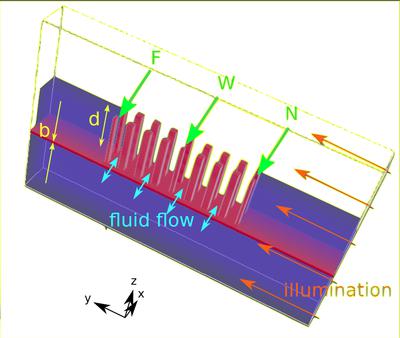 This seminar will focus on the use of interacting surface and line-defect modes of a photonic crystal for multi-parametric biosensing. Design principles for such a biosensor shall be demonstrated using results obtained from Finite-Difference Time-Domain solutions to Maxwell’s Equations.
This seminar will focus on the use of interacting surface and line-defect modes of a photonic crystal for multi-parametric biosensing. Design principles for such a biosensor shall be demonstrated using results obtained from Finite-Difference Time-Domain solutions to Maxwell’s Equations.
By leveraging detailed spectral behaviour brought about by the physics of analyte-sensitive mode-couplings within a photonic crystal architecture, multiple bio-markers can be be detected. In addition to conventional resonance-shift biosensing, the design enables modulation of transmittance-levels, as well as the formation of new resonance peaks within the signal spectrum.
Starting with a two-dimensional conceptual paradigm, a final, fabrication-feasible, three-dimensional Lab-in-a-Photonic-Crystal has been developed. The ultimate design, consisting of liquid-infiltrated nano-pillars forming a photonic crystal, can differentiate between various combinations of multiple bio-markers, representing different diseases, or different stages of a single disease. Additionally, the design is structurally optimised to assure the shortest possible nano-pillar heights, and is robust against a number of potential fabrication deformities.

